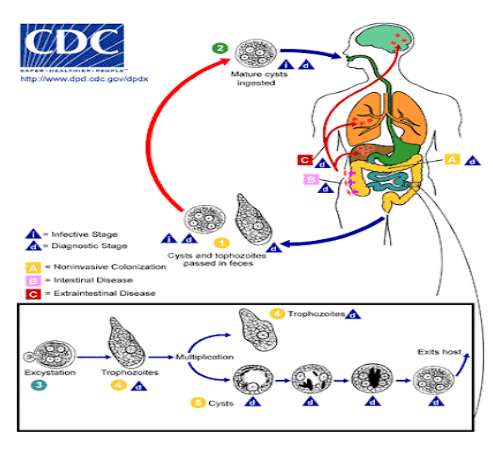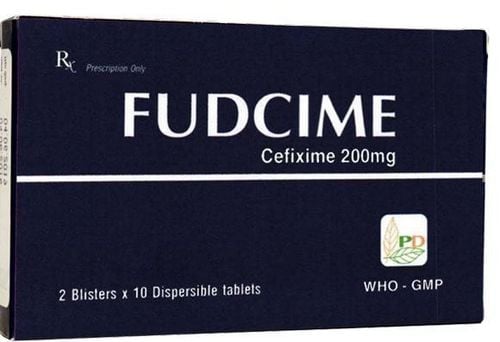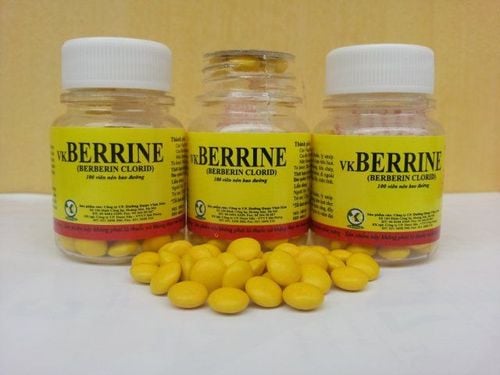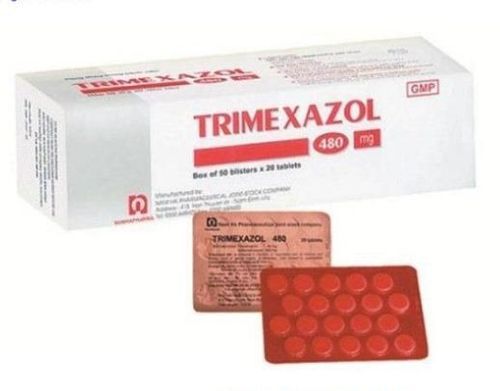This is an automatically translated article.
Post by Master, Doctor Ma Van Tham - Head of Pediatrics - Neonatology Department - Pediatrics - Neonatology Department - Vinmec Phu Quoc International General Hospital
The bacterium that causes dysentery Entamoeba histolytica often causes lesions characterized by ulcers in the colonic mucosa and has the potential to cause abscesses in other organs. The disease tends to occur in areas with poor socioeconomic conditions and poor sanitation.
1. What is Entamoeba histolytica?
Protozoa E. histolytica of the family Entamoebidae, order Amoebida, phylum Protozoa is the bacterium that causes dysentery.
Entamoeba histolytica continues to be an important global health problem and the third leading cause of death from parasitic infections. Nearly 50 million people have symptoms, with annual deaths reaching 100,000. People infected with Entamoeba are most likely to be colonized by E. histolytica or E. dispar. E. histolytica is pathogenic and can cause amoebic colitis and extra-gastrointestinal amoebiasis. E. dispar is considered non-pathogenic and does not cause signs of disease.
2. Entamoeba histolytica . growth cycle
2.1. Non-pathogenic cycle Old cocoon of amoeba amoeba from the outside enters the human gastrointestinal tract (according to food, water, etc.). Cocooned through the stomach, no significant changes. Into the small intestine under the action of digestive juices, especially trypsin, the cocoon shell cracks and a 4-nucleated amoeba emerges from the cocoon (cocoons can be exported).
After the cocoon is released, the amoeba follows the food in the small intestine and moves down to the cecum. When reaching the cecum, the cocoon can be divided into 8 amoeba (each with 1 nucleus). In the cecum, there are favorable conditions (suitable pH, liquid stools, many food particles, many symbiotic bacteria....) amoeba grows and continues to reproduce into many amoeba in the cecum. Here, the amoeba attaches to the intestinal mucosa, eats mucus, leftover food particles, bacteria, fungi... but does not cause any harm to humans, this is a small active form (forma minuta). When the intestines are functioning normally, some amoeba follow the stool to the colon, when the stool gradually solidifies, the amoeba also gradually shrinks, expels water, discards food, forms a shell, a cocoon is formed, according to the stool. out to the outside. If the intestines do not function normally, the stools are loose, and the small active amoebae do not form a cocoon, but are excreted in the stool outside.
The case of normal people releasing cocoons to the outside is the phenomenon of healthy people releasing cocoons or called healthy people carrying germs. This is a dangerous source of disease that spreads to the surrounding environment. The cocoon from the outside enters the human body through the digestive tract, the commensal life cycle of the amoeba continues like that.

2.2. Pathogenic cycle Under normal conditions (healthy people, intestinal wall are not damaged) amoeba lives commensal in the cecum. But when the body's resistance decreases and the intestinal wall is damaged for some reason such as after an infection, food poisoning, bacillus dysentery, typhoid ... then the yeast secreted by amoebae is new. promote the effect of destroying the intestinal mucosa and new amoeba penetrate deep into the submucosa.
Here, amoebae continue to secrete enzymes that destroy tissue, stimulate squamous cells and Lieberkuhn glands to increase mucus secretion, damage intestinal capillaries, cause bleeding, blood clots causing blockage of capillaries, making cells surrounding necrosis, Lieberkuhn gland cells degenerate. The active form of the disease is capable of causing tissue necrosis by proteinase enzymes. The bacteria develop together to form submucosal abscesses. The mouth of the abscess is usually small, but the base is wide (like an upside down funnel).
The abscesses burst, pus drained, leaving ulcers in the intestinal wall. If treatment is not timely, new abscesses are formed through each other, forming a submucosal tunnel, the upper mucosal layer is necrotic and peeled off into wide ulcers.
In the ulcer due to rich in nutrients, the amoeba grows in size and reproduces rapidly. That is the large active form of the disease-causing parasite - forma magna.
In summary, the bacteria causing dysentery are widely distributed around the world, the infection rate depends on the socio-economic conditions of each country and territory. In general, the prevalence of amoebic dysentery cocoon as well as amoebic dysentery is usually the norm of an endemic area.
Please dial HOTLINE for more information or register for an appointment HERE. Download MyVinmec app to make appointments faster and to manage your bookings easily.














